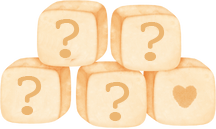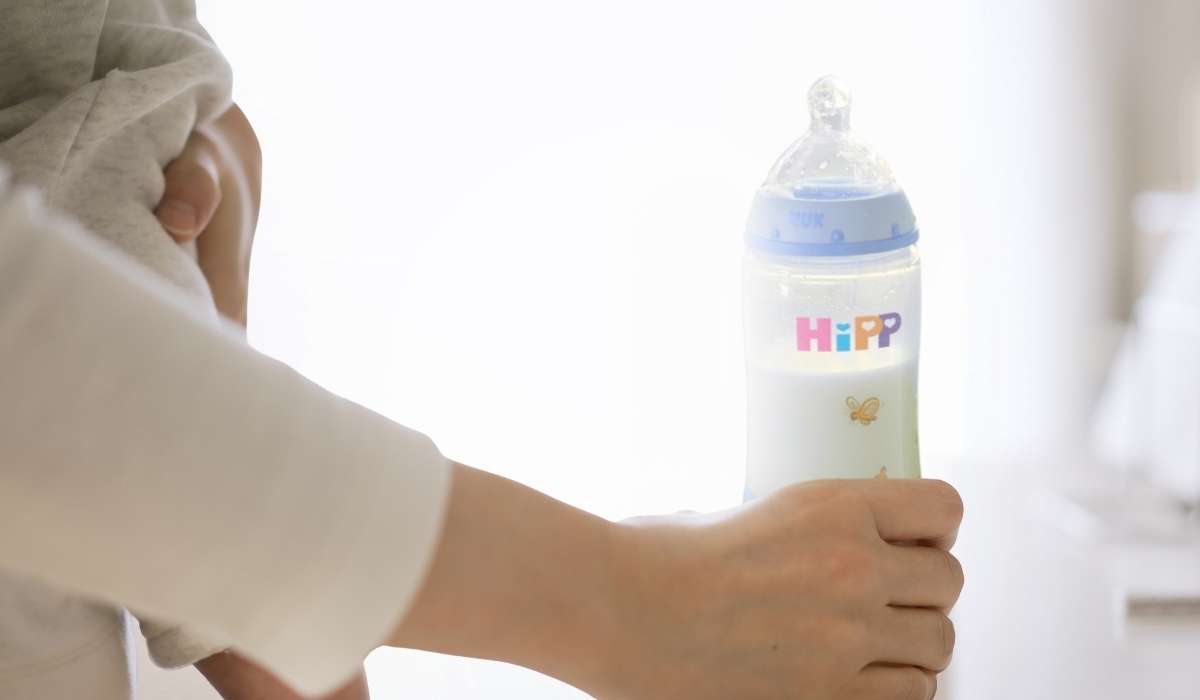When you feed your baby with warm formula, the preparation routine can sometimes become a bit tedious; all that time spent mixing and warming adds up. No wonder many new parents ask themselves, "Can you microwave formula?". Today, we will look at the microwave formula method and why it's controversial by uncovering its pros and cons. Plus, we'll outline some easy tricks on how to reheat baby bottles safely!
Contents
Pros of Microwaving Baby Formula
Some parents choose to microwave infant formula because of this method's biggest benefit - convenience. Microwaving your baby's formula is fast and doesn't require much effort. Just press a few buttons, and you're good to go. That's why this method of warming up baby bottles seems so enticing.
Here's the bitter truth, though: the cons and potential risks of warming up formula in the microwave outweigh this one benefit. So, let's take a closer look at the biggest cons of this method to ensure you can make an informed decision about how to warm formula for your little one.
Cons of Microwaving Baby Formula

Now, to answer the question "Can you microwave formula?" we need to look at the main drawbacks of this method.
1) First off, microwave heating is typically uneven! If you microwave baby formula this usually results in hot spots in your baby's bottle, which can easily burn your baby's mouth and throat. Pediatricians warn parents that heating formula in the microwave can lead to severe burns and injuries.
2) There is a potential for nutrient loss due to excessive heat. Does microwaving formula destroy nutrients in the warm baby formula? Well, currently, there is no conclusive answer as there is conflicting evidence from research. Ultimately, it seems like it depends on the temperature, but it's not worth risking your little one's well-being for convenience.
3) There are safety concerns about microwaving in plastic containers. A hot plastic bottle may start releasing chemicals at a certain temperature. Although this claim requires further studies, it's best to play it safe until we get solid proof that there is no such risk!
Official Guidelines for Warming Baby Formula
Most pediatricians agree that there are much safer methods of warming up baby formula. These include using bottle warmers, warm water baths, and the countertop warming technique(which we will discuss in detail below).
Now, even though these methods are considered the safest ones by experts, it's crucial to follow certain safety rules nonetheless. The most important one of which is checking the formula's temperature before feeding your baby.
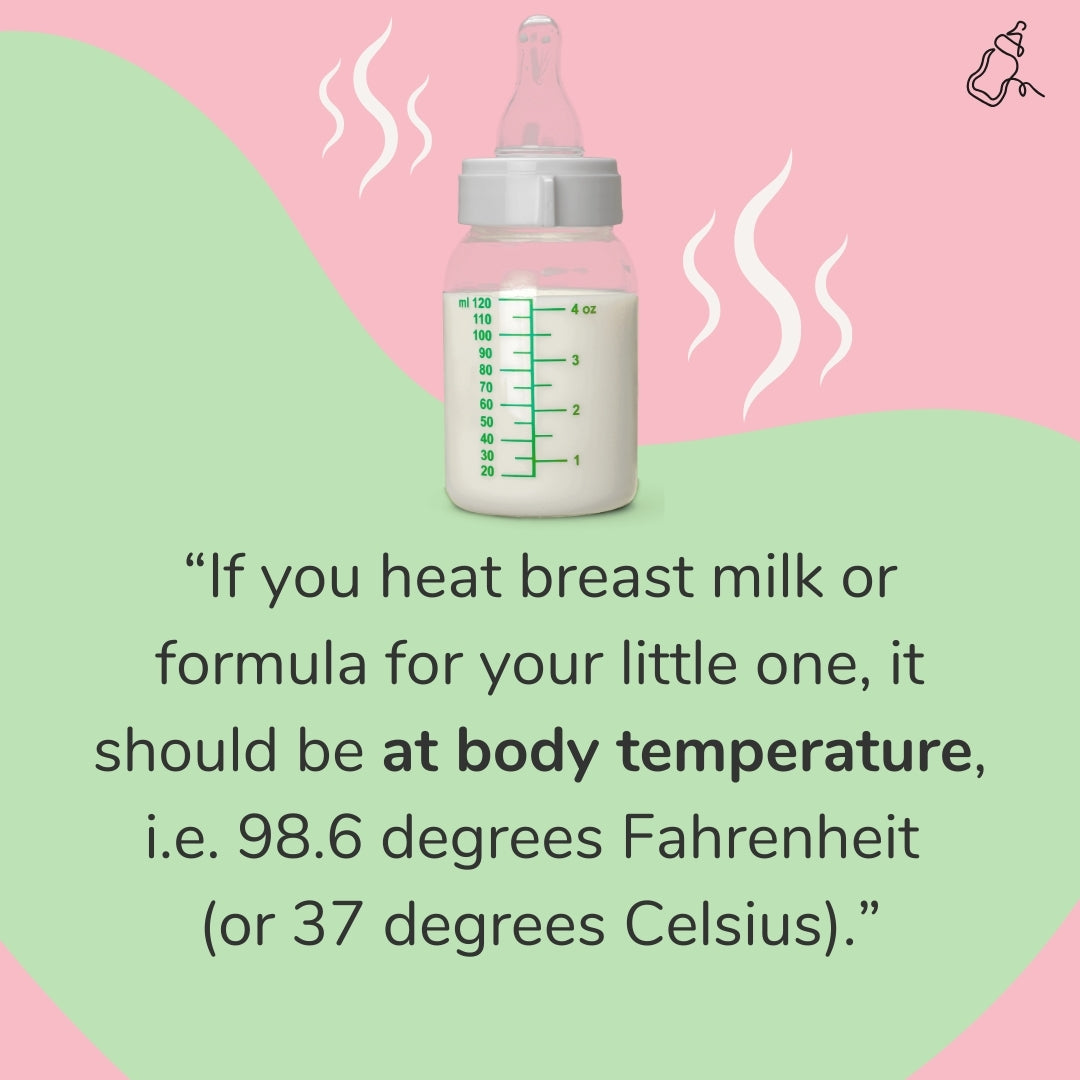
All you have to do is put a few drops on the inside of your wrist. If you heat breast milk or formula for your little one, it should be at body temperature, i.e. 98.6 degrees Fahrenheit (or 37 degrees Celsius), which ensures that it's safe for your baby's mouth.
Alternatives to Microwaving a Baby Bottle
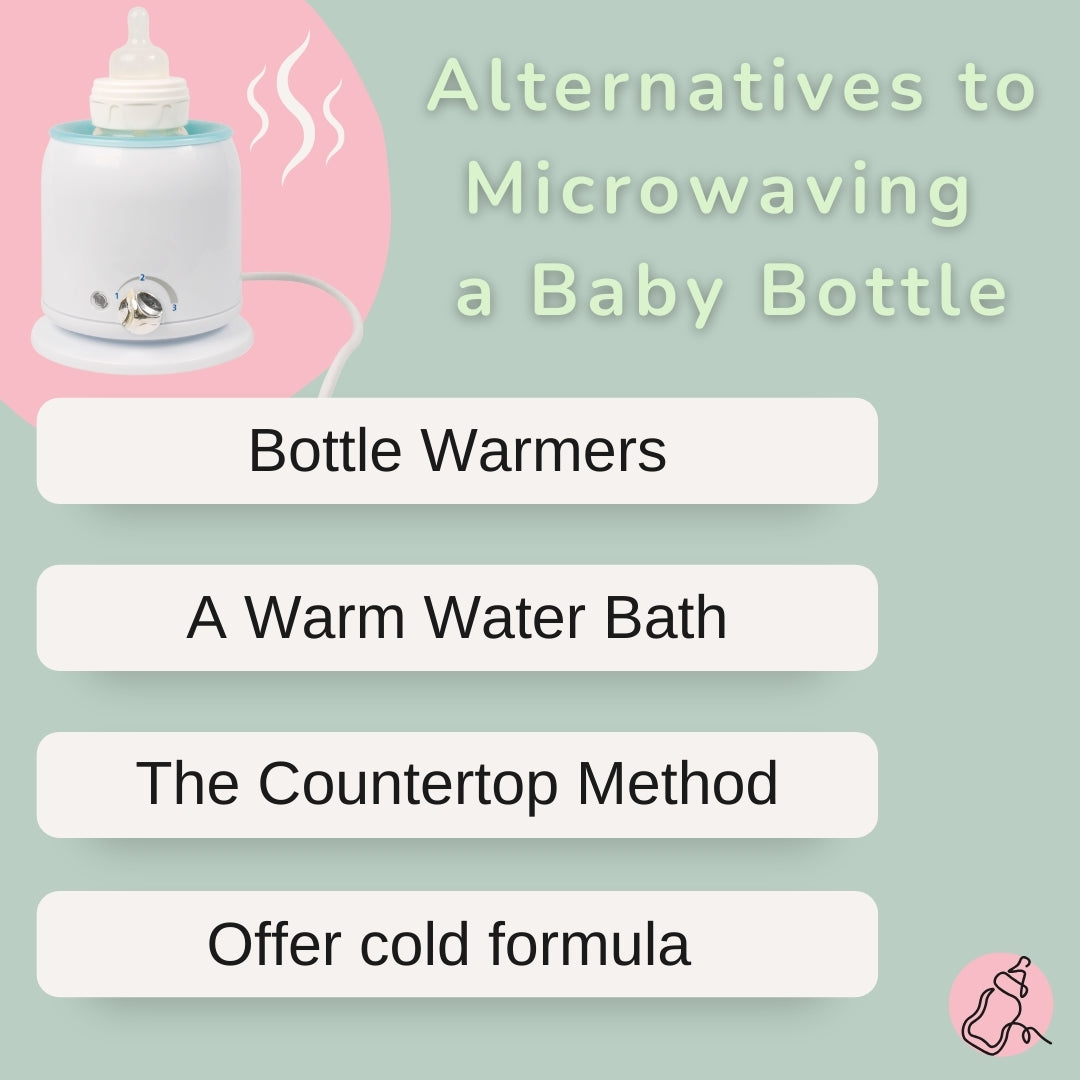
As mentioned before, there are several ways to heat milk safely. They include:
1. Bottle Warmers
Using a bottle warmer is as easy as a microwave but much safer! Make sure you choose a model that allows for temperature adjustments. This way, you can ensure you will not overheat your baby's formula.
The way bottle warmers work is quite simple: you place the bottle inside and wait for it to warm up. Just a few minutes is usually enough, so this method offers both safety and convenience for warming formula.
2. A Warm Water Bath
This technique is quite simple, too. All you need to do is fill a bowl with warm (not hot) water, place the tightly closed baby bottle into the water, and leave it there for a few minutes. When time is up, swirl the formula inside to ensure an even temperature distribution.
3. The Countertop Method
This method is pretty much effortless but does require a little extra time. As the name suggests, all you have to do is leave the formula bottle on the countertop until it reaches room temperature.
The beauty of this method is that you can always be sure your baby's formula will not be too hot for them. Plus, it's completely fine to feed your little one with room-temperature formula or breast milk so long as it hasn't been sitting out for more than 2 hours.
4. Bonus Tip ✨
You can also offer cold formula to your baby; this method is as easy as pie, refreshing on a hot day, and approved by pediatricians. Though it's worth mentioning, some babies don't like cold formula. But if you are lucky and your little one accepts a cold bottle, it means you can ditch all the heating methods and say hello to much easier prep!
Frequently Asked Questions About Heating Baby Formula
Other than knowing that microwaving formula is a no-go, there are many other factors to keep in mind for safely warming formula. Here, we cover some of the most pressing concerns for parents when it comes to offering warm milk to their babies!
How do I know if the formula is the right temperature for my baby?
You should put a few drops of the formula on the inside of your wrist or hand before feeding your little one. The milk should feel lukewarm and should be 98.6 degrees Fahrenheit (or 37 degrees Celsius).
How long can I store warmed formula before it needs to be discarded?
It's best to use prepared, warmed formula within 2 hours and within 1 hour from once you begin feeding; otherwise, there's a risk of bacteria growth.
Can I reheat formula that has already been warmed?
Experts advise parents against heating formula more than once. Repeated exposure to high heat can lead to bacteria growth, which is dangerous for your baby's health.
What are the signs that the formula is too hot for my baby?
If your baby starts recoiling from the bottle, crying, or showing any other signs of discomfort, the formula might be too hot, and you should cease feeding.
Wrapping Up: Can You Microwave Formula?
Using a microwave to reheat formula or breast milk can lead to burns in your baby's mouth and may affect the nutritional content of your baby's milk. That's why it's best to avoid this method altogether. Luckily, there are several alternatives that are completely safe and don't require that much effort. If you aren't sure which heating method is the best for your baby's formula, do not hesitate to consult with healthcare professionals. You can get personalized advice and support every step of the way!
Breast milk is the best source of nutrition for babies. Before altering your baby's diet or feeding routine, consult your healthcare provider for personalized recommendations. The information in this article is strictly for informational purposes and is not a substitute for medical advice.
